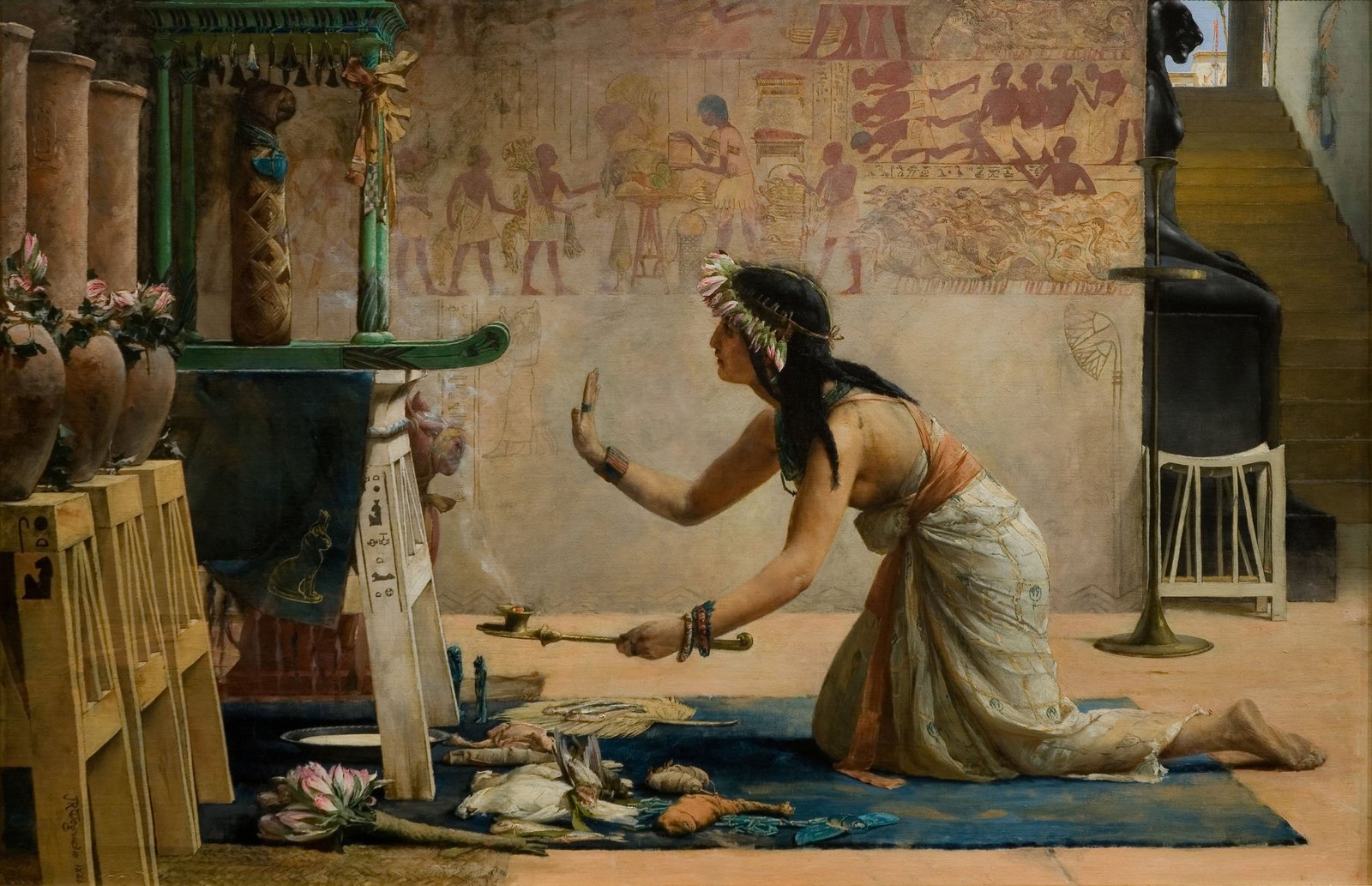Introduction
The wafting tendrils of aromatic smoke have been a familiar presence in human civilizations for millennia, weaving tales of spirituality, celebration, and healing. Incense, the source of these fragrant plumes, holds a place of reverence in many corners of the world. But what exactly is incense used for? The answer is as diverse as the cultures that have embraced it. From sacred temples to bustling marketplaces, and from serene therapy rooms to cozy living spaces, incense has played many roles. In this deep dive, we’ll explore the multifaceted world of incense, tracing its sacred rituals, aromatic pleasures, and therapeutic benefits across cultures.

The Historical Roots of Incense
Ancient civilizations first used incense and often valued it more highly than gold. In the old trade routes, people exchanged fragrant resins as immensely valuable commodities. These exchanges linked distant cultures and fostered diplomatic relationships.
- Ancient Egypt: In the land of the Pharaohs, incense served two roles. It honored the gods in religious ceremonies and also had a practical purpose in the embalming process. It masked the scent of decay and symbolized the eternal life awaiting in the afterlife.
- The Indus Valley Civilization: Archeological discoveries suggest that incense was widely used for religious and meditative practices in this ancient civilization. Harappan artifacts and seals depict priests or deities surrounded by what appears to be tendrils of smoke, hinting at the spiritual significance of incense.
- Ancient China: From oracle bone inscriptions, we know that the Shang dynasty used incense in divination ceremonies. By the time of the Han dynasty, incense had become an integral part of daily life, marking the passage of time and facilitating meditation.
- Other Ancient civilizations: The Greeks and Romans adopted the use of incense from the Egyptians, utilizing it for similar spiritual and practical purposes. The Native American tribes used smudging (burning sacred herbs) as a cleansing ritual, a practice still alive today.
Sacred Uses of Incense
The fragrant smoke of incense often spirals towards the heavens, manifesting prayers, wishes, and offerings physically. Its sacred uses deeply intertwine with religious ceremonies and personal spiritual practices worldwide.
In Religious Ceremonies
- Christianity: Within Christian traditions, incense is used during Mass and liturgical celebrations. The billowing smoke symbolizes the prayers of the faithful rising to heaven. Particularly in Eastern Orthodox and Catholic traditions, censers swing, releasing fragrant plumes during key moments of the liturgy.
- Buddhism: Incense holds a significant place in Buddhist rituals. Burned in temples and during personal meditations, it’s believed to purify the environment, bringing mindfulness and focus. The act of offering incense can also represent the fragility of life, as the burning stick is consumed, leaving only ash.
- Hinduism: From morning rituals to grand temple ceremonies, incense (or ‘agarbatti’ as it’s commonly known) is omnipresent in Hindu worship. It not only purifies the atmosphere but also helps in keeping away negative energies, setting the stage for a divine connection.
Spiritual Connection and Meditation
Beyond organized religion, incense plays a pivotal role in individual spiritual journeys and meditative practices. The rhythmic rising of the smoke aids in anchoring the mind, facilitating a deeper connection to oneself or the universe.
- Guided Meditation: Many guided meditation sessions employ incense to create an ambiance conducive to relaxation and introspection. The gentle fragrance and the sight of the drifting smoke can significantly enhance the meditative experience.
- Personal Altars: For many, personal altars or sacred spaces within their homes become the center of spiritual connection. Incense here acts as an offering, a tool for grounding, and a medium to usher in positive energies.

Aromatic Uses: Beyond Just A Pleasing Scent
While the spiritual significance of incense is profound, its aromatic charm isn’t lost on the world. The allure of its fragrance has found a place in daily life and special occasions.
In Daily Life
- Home Fragrance: The calming scent of incense can transform a space. It’s no wonder many choose to burn incense to rid their homes of lingering odors or to simply create a warm, inviting atmosphere. For those looking for recommendations, here’s a list of popular incense brands for home use.
- Setting a Mood: Just as one might play music to set a mood, incense can be used to evoke specific feelings or energies. Whether it’s the invigorating aroma of citrus or the calming touch of lavender, incense has a fragrance for every mood.
Special Occasions and Celebrations
- Weddings: In certain cultures, incense is integral to wedding ceremonies, symbolizing purity, prosperity, and the divine blessings for the couple. The aroma is also believed to evoke joy and celebration.
- Festivals: From the lantern-lit streets during Diwali to the solemn moments of Day of the Dead, incense marks the ebb and flow of celebrations, binding communities in shared fragrance and shared memories.
Therapeutic Uses: Healing and Wellness
The therapeutic attributes of incense are as ancient as its existence. It’s not merely the tangible smoke, but the ethereal essence that brings about wellness and healing.
Aromatherapy
- The Science Behind: Aromatherapy, a branch of alternative medicine, taps into the healing power of scents. Certain incense fragrances have specific effects on the mind and body. For instance, sandalwood can induce calmness, while eucalyptus can invigorate and refresh. Delve into the fascinating world of how to use incense for relaxation for a deeper understanding.
- Practical Uses: By selecting the appropriate incense based on its therapeutic properties, one can reduce stress, improve sleep quality, or even enhance concentration. Many therapists incorporate incense into their sessions to amplify the healing environment.
Mental and Emotional Well-being
- Stress Relief: In today’s bustling world, taking moments to pause and bask in the serene ambiance that incense provides can be a potent tool against stress.
- Mood Enhancement: Certain fragrances, like rose or jasmine, are known to elevate mood, making them perfect companions for those days when you need a touch of joy.
- Cognitive Benefits: Scents like frankincense are believed to boost cognitive functions and stimulate the mind, proving beneficial during study or work sessions.
Traditional Medicine Practices
- Ayurveda: In India’s ancient medicinal system, certain incense varieties are prescribed to balance the body’s doshas (energetic types) and promote holistic health.
- Traditional Chinese Medicine (TCM): Incense has found its place in TCM as a means to harmonize the flow of Qi (life energy) and ward off negative influences.

Modern Interpretations and Innovations
While the traditional roots of incense run deep, the modern world has embraced it with open arms, incorporating innovative techniques and sustainable practices.
- Trending Uses: Urban wellness spaces and retreat centers are now making incense a significant part of their ambiance, drawing individuals into a world of calm and mindfulness.
- Sustainability in Incense Production: With a renewed focus on environmental conservation, several brands are ensuring sustainable sourcing of materials and eco-friendly production. Explore some of these innovative incense products and brands.
How to Choose and Use Incense Responsibly
With the rising popularity of incense, the market is flooded with options. While the variety is certainly a boon, it also calls for a discerning eye to select quality products that are both beneficial and environmentally responsible.
Tips on Selecting Quality Incense
- Natural Ingredients: Always opt for incense made from natural materials. Synthetic fragrances can release harmful chemicals when burned. Check the ingredient list for natural resins, herbs, and essential oils.
- Origin: Just as with food, the source matters. Choose brands that source sustainably and ethically. This not only ensures a better product but also supports local communities involved in its production.
- Brands with a Reputation: It’s wise to invest in trusted brands that have built a reputation for quality over time. Read reviews and, if possible, sample before making a bulk purchase.
Safety Considerations
- Ventilation: While the aroma of incense is enticing, ensure your space is well-ventilated. This prevents the buildup of smoke and ensures a fresh flow of air.
- Safe Storage: Keep incense sticks and other related materials away from children and pets. Store them in a cool, dry place to maintain their quality.
- Extinguishing: Incense, if not put out properly, can pose a fire hazard. Ensure you place it on a non-flammable surface and always be present when it’s burning. Once done, extinguish it safely.
For those keen on diving deeper into the nuances of using incense safely, here’s a guide on responsible incense usage.
Conclusion
The allure of incense transcends mere aroma. Its tendrils of smoke tell tales of ancient rituals, therapeutic sanctuaries, and the simple pleasures of daily life. To understand “what is incense used for?” is to embark on a journey across cultures, traditions, and personal narratives. Whether it’s in the heart of a sacred temple, the cozy corner of a living room, or the tranquil space of a therapy room, incense continues to captivate, heal, and uplift.
“Incense is the poetry of the senses, a fragrant language that speaks to the soul. It transcends boundaries, connecting us to ancient rituals, spiritual sanctuaries, and the simple joys of everyday life.”
Frequently Asked Questions
1. Is incense safe for pets?
While the aroma of incense can be enticing to humans, it may be overwhelming or even harmful to pets. Always ensure proper ventilation when burning incense and keep it out of reach of pets. If you have concerns, consult your veterinarian for advice tailored to your specific pet’s needs.
2. Can incense set off smoke alarms?
Yes, heavy incense smoke can potentially trigger smoke alarms. It’s advisable to use incense in well-ventilated areas and to be mindful of the proximity to smoke detectors.
3. How long does incense typically burn?
The burn time for incense can vary depending on the type and brand. Generally, stick incense burns for approximately 30 to 45 minutes, while cone incense may have a shorter duration. Always check the packaging for specific information.
4. Is it safe to leave incense burning unattended?
No, it is not safe to leave incense burning unattended. Incense, if not properly extinguished, can pose a fire hazard. Always be present when incense is burning and make sure to place it on a non-flammable surface.
5. What are the health benefits of burning incense?
Incense has been used for its therapeutic properties, including stress relief, mood enhancement, and improved sleep quality. However, it’s essential to note that these benefits can vary from person to person and are not a substitute for professional medical advice.
6. Are there any environmental concerns with using incense?
Yes, sustainability is a concern when it comes to incense production. Opt for brands that source their materials sustainably and ethically. Additionally, synthetic fragrances in some incense can release harmful chemicals when burned, so it’s better to choose incense made from natural ingredients.
Further Reading and Resources
For those smitten by the world of incense and eager to explore further, here are some links to dive deeper:





